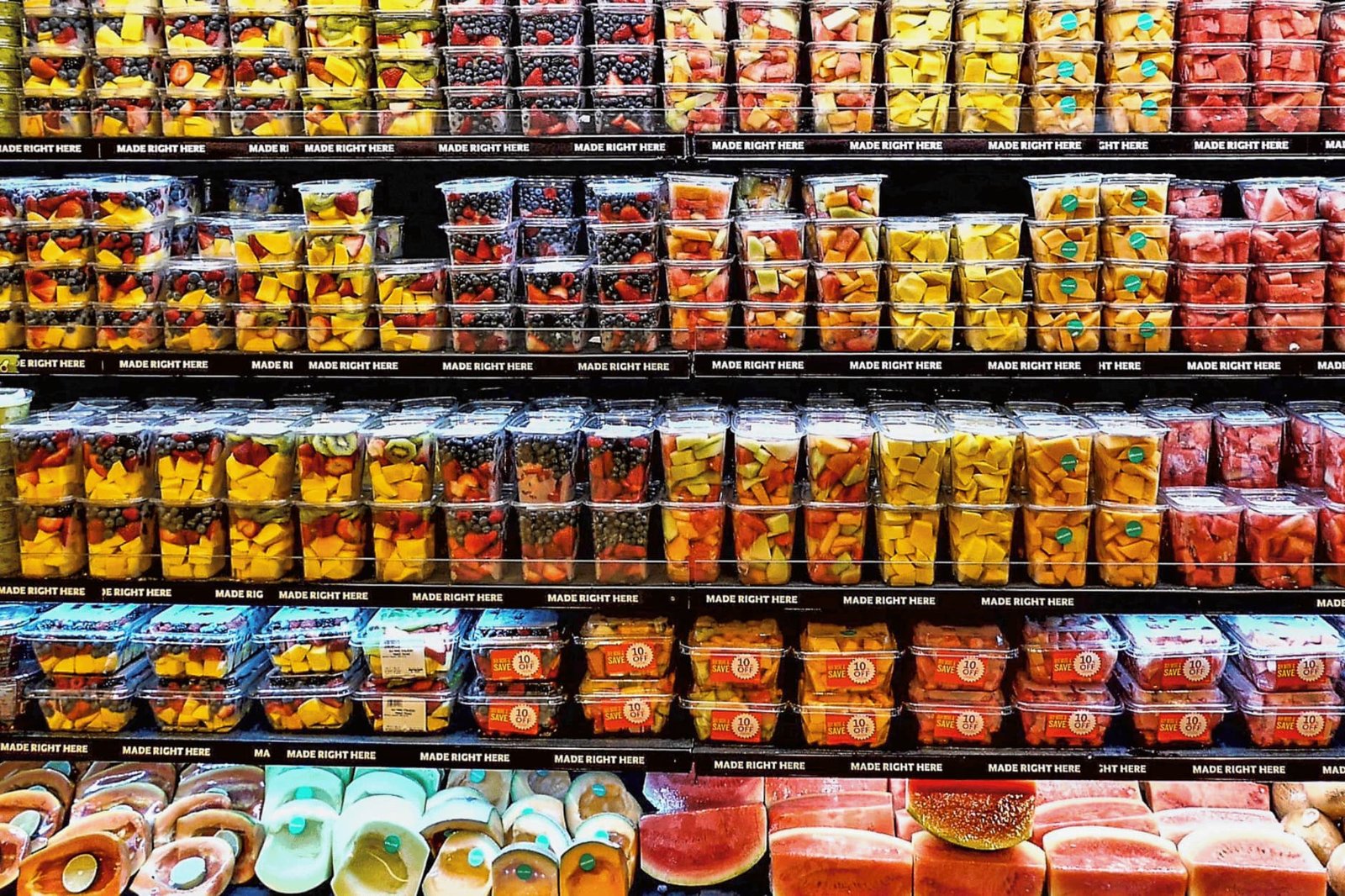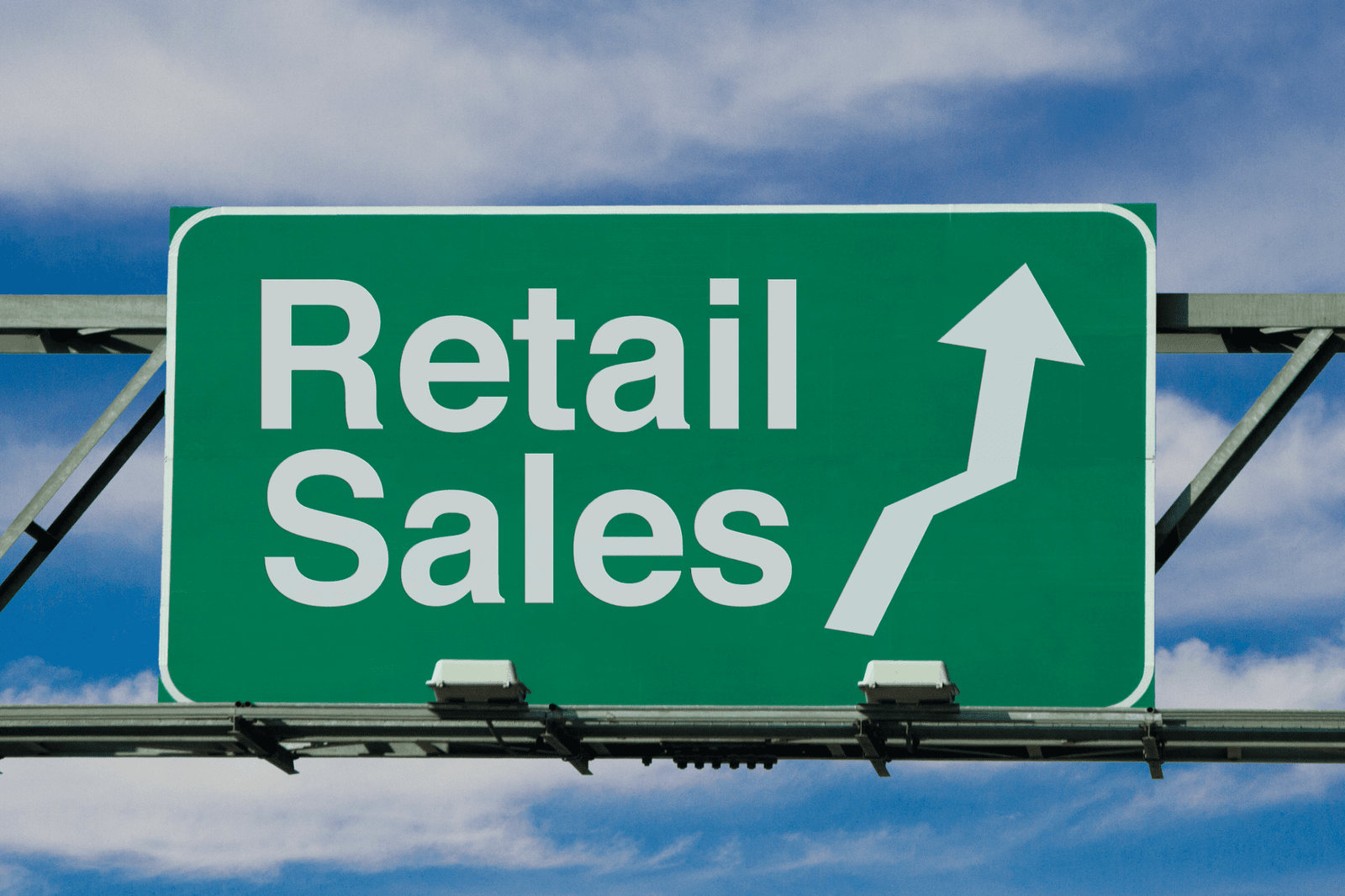Introduction
It’s a fact that when it comes to retail, technology is moving at a fast pace. Many retail companies are adopting new and innovative technologies to increase their sales and customer satisfaction.
Make your space as inviting as possible.
Make sure your store is clean, tidy and well lit:
Cleanliness is an important part of making your customers feel welcome, so make sure that you have a good system for keeping everything in order.
Bright lighting will help to make the space feel more inviting and open up the room for shoppers to explore. If possible, use natural light instead of artificial lights (which can be harsh on the eyes), or install dimmer switches so you can control how bright or dark it feels inside at different times of day.
Keep your store organized and well-stocked: It’s easy to lose track of what’s in your store when you have a lot of products on hand, but it’s important to keep everything in good shape. You can help your customers find what they need more easily by keeping items grouped together according to their type (like all the books together in one section), size or color.
Focus on your employees.
Employees are the face of your business. The people who work with and for you, be they part-time or full-time, make up the bulk of what customers see when they walk into your store. They’re also the ones who interact with customers on a day-to-day basis and can make or break a business’s reputation.
Treat them like gold. Treating employees well means paying them well (at least minimum wage), giving them benefits like paid time off and health insurance coverage, offering opportunities for advancement within the company structure, listening to their ideas about how things could be done better, providing training opportunities that would help them grow professionally–and not just retail skills but personal development skills as well–and generally treating employees as equals instead of disposable resources who exist only for profit margins’ sake.
Train them in customer service techniques so they know how best handle encounters with irate customers who feel like they’ve been wronged somehow by poor treatment at another location before coming into yours; this way no matter what happens during such interactions over time there won’t be any need ever again call upon those old habits again once everyone involved understands how important good communication practices are when dealing directly with other people face-to-face (or phone call).
Maintain an up-to-date website.
Make sure your website is mobile-friendly. Your website should be optimized for search engines and easy to navigate, but it’s also important that your site loads quickly on any device and looks good no matter what kind of browser or operating system (OS) the customer is using.
Use a shopping cart platform that integrates with your website. This will allow customers to seamlessly complete their purchases without having to leave your site or create an account in another place first. It also means they won’t have trouble finding items they want because they’ll be listed under “additional items” rather than being buried deep within the category pages where no one ever looks! You can even offer free shipping if someone buys $50 worth of stuff from you online–and let me tell ya: people love free stuff!
Use social media wisely.
Social media is an excellent way to promote your business and engage with customers, but you need to be consistent, active and strategic in order to make it work for you.
First and foremost, ensure that your social media presence is cohesive across all platforms–that means making sure that the same information appears on each channel (for example: if you want people visiting your Facebook page to also follow along on Instagram or Twitter). Once this is done, focus on creating content that resonates with both potential customers as well as those who already know about your brand; this might include sharing photos from events at which you’re exhibiting or announcing new products/services through video clips with text overlays explaining what makes them unique (or both).
Finally, don’t forget about customer service–responding quickly when someone has a question about something related directly back into their life will keep them coming back again later when they need another product from yours!
Build a customer community through email marketing and loyalty programs.
You can also use email marketing and loyalty programs to build a community around your brand.
Create a loyalty program that rewards customers for their purchases and encourages them to return to your store. For example, if you’re selling shoes, offer discounts on future purchases if they buy two pairs of shoes within a month or give away free shipping after five orders. You could also create an incentive scheme where the more often they shop with you (and spend), the higher their status becomes within the program–like frequent flyer miles!
Use social media as part of your marketing strategy: Facebook groups are great for building trust between customers and brands because people feel like they know each other before meeting face-to-face; Twitter chats are another way to interact directly with prospective buyers in real time while providing valuable information about products or services being offered on sale right now!
Make sure your point of sale is easy to use.
Your POS is the most important tool in your retail business. It’s where you process transactions and handle all the paperwork that comes with running an enterprise.
It’s also one of the most commonly overlooked aspects of retail sales, but it shouldn’t be! Here are some tips for getting yours up to grade:
- Make sure it’s easy to use. The last thing you want is for customers who are unfamiliar with computers or smartphones (or even tablets) have trouble navigating through your POS system because it was designed by someone who thinks they know better than anyone else how people should interact with their technology. Fortunately, there are plenty of options out there that offer intuitive interfaces that can help make sure everyone feels comfortable working with them–even if they aren’t tech experts!
Be active in the community.
Being active in the community is a great way to promote your store, build customer loyalty and boost sales. Here are some ideas:
- Get involved in local events. This could mean sponsoring an event or donating products or services for an existing one. You can also offer discounts on certain days of the week (for example, every Tuesday) that relate to something going on nearby, like farmers’ markets or concerts at a park nearby.
- Create buzz around your store by giving back to the community through charitable contributions or fundraising efforts such as 5K races or bake sales that benefit local non-profits such as animal shelters or soup kitchens. The more people who know about these things about you and what you stand for as an individual business owner will make them want to support what makes sense for their own lives too – which means more customers coming through those doors!
Offer Additional Services
One way to ensure that your store is the go-to place for customers looking for a particular service is by offering it in-store and not online.
If you are a clothing store, offer hemming or tailoring services. You could also offer free alterations on all purchases over $100. This will encourage shoppers who want something custom made but don’t want to wait for shipping and designing timeframes.
If your business sells electronics (such as phones), consider offering screen protection sales with every purchase of a phone case or screen protector kit. This will encourage customers who may have been planning on buying one anyway but just haven’t gotten around to it yet!
When you are first starting out, it can be difficult to differentiate yourself from your competitors. The key is to research what they’re doing—and how they’re doing it—and then find a way to do something different. For example, if you sell products similar to those of another business, look for ways that you can stand out from them and create an advantage for your business. If you offer some sort of unique service or product that is not available elsewhere, this can be a good place to start as well.
Create Personalized Experiences
Personalized experiences are the holy grail of retail. It’s what every customer wants, and it’s why they’re willing to pay more for products than they would otherwise. In order to create personalized experiences, you need to understand your customers’ needs, wants and preferences–which means gathering data on them. You can do this on a one-off basis by asking questions when someone buys something; or you can use technology like beacons and cameras that collect information automatically as they walk around your store (or even just visit your website).
The next step is using this data so that every person who walks through your doors gets an experience tailored exactly for them–and ideally one that makes their life easier in some way by removing obstacles between them and what they want: buying a product!
Develop a Loyalty Program or In-House Credit Card
If you’re looking to boost retail sales, it’s important to keep your customers coming back. Loyalty programs are an excellent way of doing this, as they encourage repeat business by giving customers incentives for their continued patronage.
A loyalty program can be as simple or complex as you want it to be–you could offer discounts for repeat customers or even an in-house credit card that gives points toward future purchases.
Know Your Competition
- Know your competition.
- Your competitors can be your allies and customers, as well as other business owners who can help you out in the long run. They may also be potential investors or mentors, so it’s important to keep them in mind when thinking about how to grow your company and increase sales.
Show Customers How Much You Appreciate Them
If you want to boost your retail sales, show customers how much you appreciate them.
It’s not just about saying “thank you”–it’s about showing it. There are several ways to do this:
- Be honest about your appreciation. This can be as simple as saying “I’m glad we did business together!” or something more personalized like “Thank you so much for coming back again!” This lets customers know that their business means something to the company and encourages them to come back for more in the future.
- Give them a reason to come back again (and refer other people). Offer discounts on future purchases or freebies like samples of new products or coupons for future use when they spend over $50 with you today! These will help increase repeat business while also providing incentive for referrals among friends and family members who may have been thinking about buying from another store but now see why yours is better than theirs.*
By making smart moves, you can boost retail sales much more easily than many store owners think.
Boosting retail sales is one of the best ways to grow your business. There are many things you can do to boost retail sales, but it all starts with your employees.
If you want to boost your retail sales, then you need to make sure that your employees are well trained and knowledgeable about everything in store. This will ensure that customers feel comfortable when they come into the store, which will lead them back again!
It’s also important for stores owners who want to increase their revenue from online shopping sites such as Amazon & eBay by making sure their websites are up-to-date with current prices and inventory levels so customers aren’t confused about what’s available at any given moment.”
Make sure that your store is easy to navigate: When you’re designing the layout of your store, it’s important to keep in mind how customers are likely to move through it. If you have a small space, don’t forget that people will need someplace to rest their arms while they shop—so leave room for displays and seating areas. Respect your employees, and they’ll respect you. Treat them like you would want to be treated if the roles were reversed, and you’ll find that it’s much easier than ever before to create a positive work environment where everyone can thrive..
Takeaway:
If you want to boost your retail sales, then make sure that you have a good product, good customer service and good prices. The location of your store should also be considered because it’s important for customers to be able to find what they’re looking for easily. Finally, marketing campaigns can help increase awareness about your business and draw more people in.
Conclusion
We hope you found these tips and tricks helpful, and we encourage you to use them in your own store. The more you know about how to boost retail sales, the better off your business will be!

























